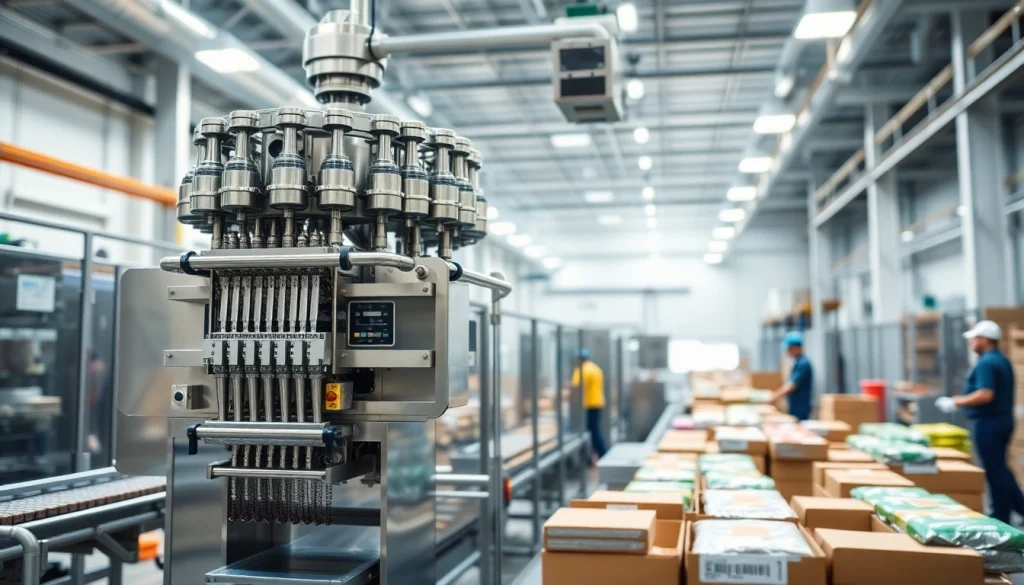
Introduction to Multihead Combination Weighers
In the fast-paced world of manufacturing and packaging, efficiency and precision are non-negotiable. The advent of multihead combination weighers has transformed how businesses approach product handling, particularly in the fast-moving consumer goods sector. These sophisticated machines have been engineered to automate and streamline the weighing and packaging process, which significantly boosts productivity and reduces operational costs. This article will delve deep into multihead combination weighers, exploring their functionality, advantages, maintenance practices, and real-world applications while highlighting the factors involved in selecting the right model for your operations.
What is a Multihead Combination Weigher?
A multihead combination weigher is a type of weighing machine designed for high-speed operations across various industries. It works by measuring a bulk product and dividing it into pre-defined portions. The machine integrates multiple weigh heads to enable quick and accurate measurements, which can be calculated and combined to achieve the desired weight. This level of automation allows for a smoother transition from bulk to packaging while ensuring that the product remains in optimal condition.
Key Components and Functions
The fundamental components of a multihead combination weigher include:
- Weigh Heads: These are the primary units responsible for weighing the product. Each head contains a load cell that precisely calculates product weight.
- Control System: A sophisticated software platform manages the operation of the weigh heads, optimizing the weight combinations to find the most efficient packaging strategy.
- Hoppers: Above each weigh head, hoppers store the product until it is released for weighing. They play a crucial role in ensuring a smooth flow and minimal delays during operation.
- User Interface: Modern multihead weighers come equipped with user-friendly interface panels, often featuring touch screens, that allow operators to input specifications and monitor machine performance.
Additionally, many multihead combination weighers can be integrated with other machinery, such as fillers and conveyors, to provide a comprehensive packing solution.
Applications Across Industries
Multihead combination weighers are versatile tools utilized across various sectors. Here are some prominent industries benefiting from this technology:
- Food and Beverage: From snacks to frozen foods, these weighers ensure that products are measured accurately for packaging, minimizing waste and maintaining quality.
- Pharmaceutical: Accurate dosing is critical in this industry. Multihead weighers can handle capsules, tablets, or powders, ensuring precise measurements that comply with industry standards.
- Cosmetics: The cosmetic industry relies on these scale systems for products like creams and powders, where weight discrepancies can lead to significant financial losses.
- Pet Food: With the growing demand for pet food products, multihead combination weighers provide efficient solutions to meet packaging requirements.
Advantages of Using Multihead Combination Weighers
Increased Speed and Efficiency
One of the most prominent advantages of multihead combination weighers is their speed and efficiency. Unlike traditional manual weighing methods, these machines can perform multiple measurements simultaneously. With speeds reaching over 200 weighments per minute, they significantly reduce the time required to package products. This speed translates into higher throughput, enabling manufacturers to meet tight production schedules and increasing overall operational efficiency.
Precision and Accuracy in Weighing
Precision is vital in packaging. Multihead combination weighers use advanced algorithms to minimize weight variation, ensuring that each package meets quality standards. The ability to combine weights from different heads means that every package can be precisely tailored to achieve the desired target weight without excess product wastage. This precise control directly contributes to higher customer satisfaction as consumers receive correctly filled packages, reducing the risk of returns or complaints.
Reduced Labor Costs
Automation is a driving factor in reducing labor costs. With the implementation of multihead combination weighers, businesses can streamline labor operations by minimizing the need for manual weighing tasks. This not only frees up staff for more critical functions but also decreases labor costs associated with packaging. Moreover, reduced human error further enhances efficiency, resulting in a more cost-effective operation overall.
Choosing the Right Multihead Combination Weigher
Factors to Consider Before Purchase
When selecting a multihead combination weigher, several factors must be evaluated to ensure that the machine meets specific business needs. These include:
- Product Type: Different products require different weighers. Consider the physical properties of the product, such as size, shape, and flow characteristics.
- Production Speed: Assess the required speed for your production line. Choose a model that can match or exceed your operational speed demands without sacrificing accuracy.
- Weight Range: Ensure the machine can handle the weight range of your products. Knowing the minimum and maximum weights you’ll need to handle is crucial.
- Integration Capability: Consider whether the multihead weigher can easily integrate with existing packaging or production systems.
Understanding Different Models and Specifications
Multihead combination weighers come in various models, each with distinct specifications that cater to particular applications. Familiarizing oneself with the models available—such as 10-head, 14-head, or higher configurations—can help businesses identify which machine is best suited to their operational requirements. Weighers with more heads typically allow for greater speed but may not always be necessary for smaller operations.
Integrating with Existing Production Lines
Before integrating a new multihead combination weigher, it’s essential to assess how it will fit into existing workflows. Collaboration with manufacturers can provide insights into optimal setups that minimize disruption and downtime. Carefully considered placements can ensure seamless flow and enhance operational efficiency, yielding meaningful ROI.
Maintenance and Troubleshooting of Multihead Combination Weighers
Routine Maintenance Practices
Proper maintenance of multihead combination weighers is crucial for sustained performance and longevity. Key maintenance practices include:
- Regular Cleaning: Ensure that each component, especially hoppers and weigh heads, is routinely cleaned to prevent contamination and build-up.
- Calibration: Frequent calibration is necessary to maintain weighing accuracy. Establish a regular schedule for checks and adjustments as needed.
- Software Updates: Keeping the software up to date can improve functionality and accuracy. Ensure your control system is regularly updated to reflect the latest enhancements.
Common Issues and Solutions
Despite their advanced technology, multihead combination weighers are not without challenges. Some common issues include:
- Inconsistent Weighing: This could be due to improper calibration. Regularly recalibrating the machine often resolves this issue.
- Mechanical Jams: Ensure that product flow remains unhindered to prevent jams. Regular checks to identify any blockages or wear and tear can mitigate this.
- Software Glitches: Restarting the control system can often resolve minor glitches. Consult with technical support if issues persist.
When to Seek Professional Assistance
For complex issues that remain unresolved, or if you notice a significant decline in performance, reaching out to professional service technicians is advisable. Regular service contracts can help ensure ongoing maintenance and assist during unexpected downtimes.
Case Studies and Success Stories
Real-World Applications
Numerous companies have successfully implemented multihead combination weighers, resulting in substantial productivity gains. For instance, a prominent snack food manufacturer increased its packing line efficiency by over 30% after adopting a high-speed multihead weigher, leading to shorter lead times and reduced waste.
Performance Metrics from Various Industries
A detailed analysis of performance metrics reveals the tangible benefits of deploying multihead combination weighers. Industries have reported:
- Increased Throughput: Many businesses have noted throughput increases ranging from 20% to 50% after installation.
- Improved Accuracy: With advanced weighing technology, companies have reduced errors by up to 90%, directly impacting product quality and customer satisfaction.
- Cost Savings: Operational costs have effectively lowered as the automated systems streamline labor operations and reduce wasted material.
Testimonials from Users
Feedback from industry users underscores the extensive benefits of multihead combination weighers. Operators frequently commend their user-friendliness, rapid setup, and adaptability across shifting product lines. One user stated, “The transition to a multihead combination weigher allowed us to scale production without compromising quality, and the machine pays for itself with the savings we’ve seen in labor and waste.”
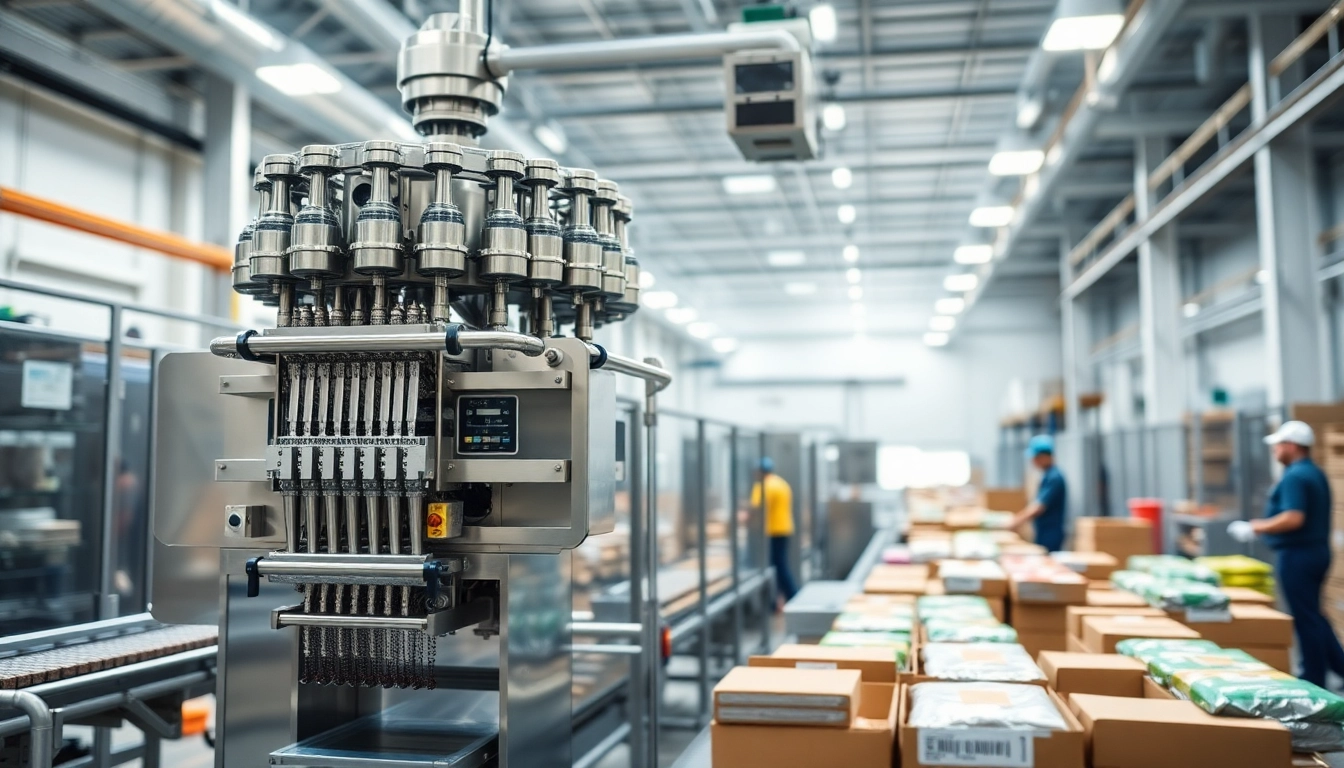







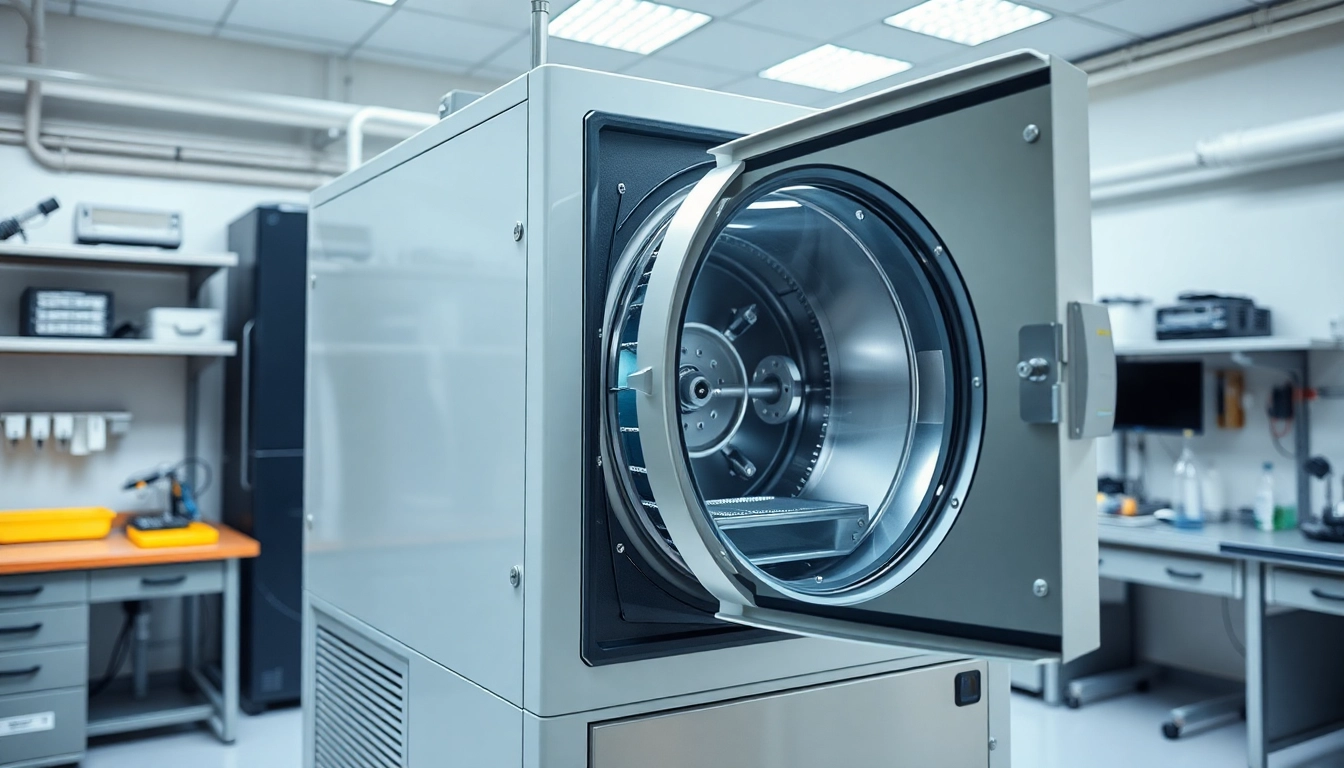
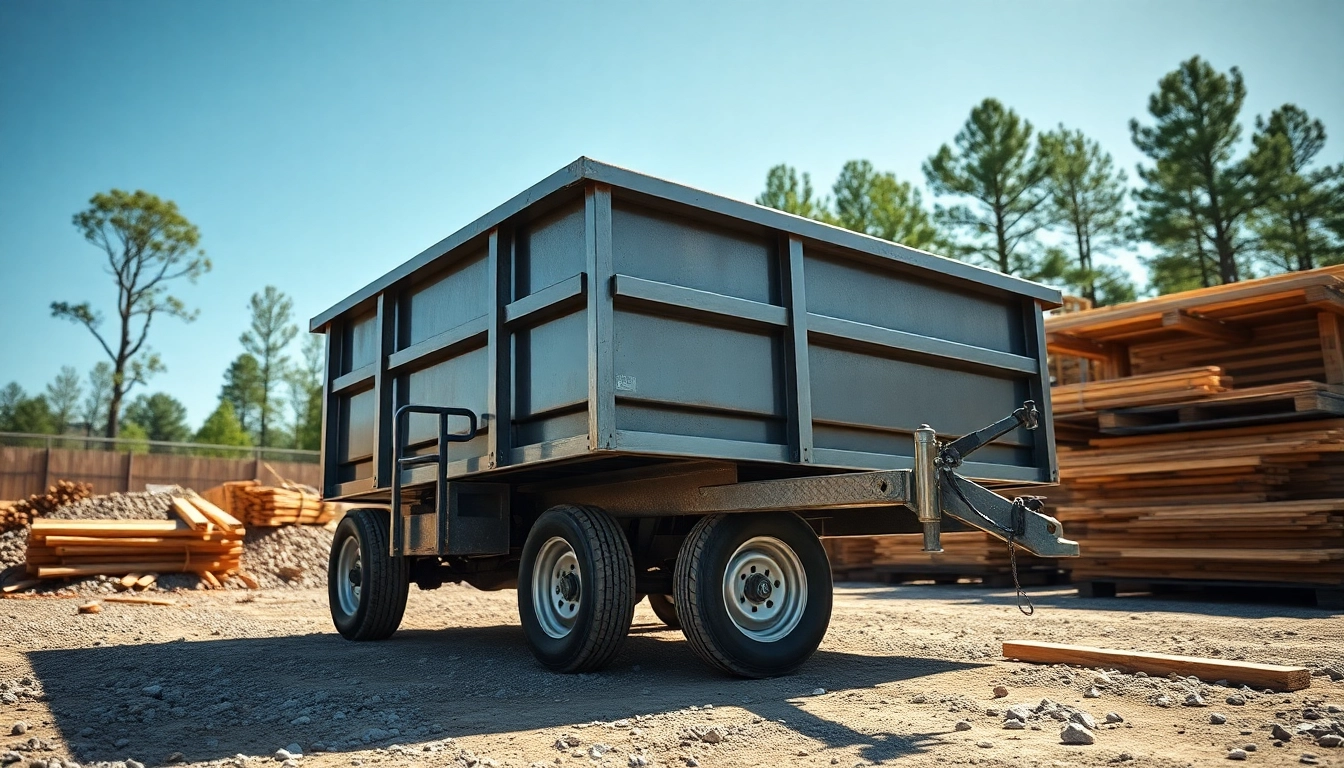

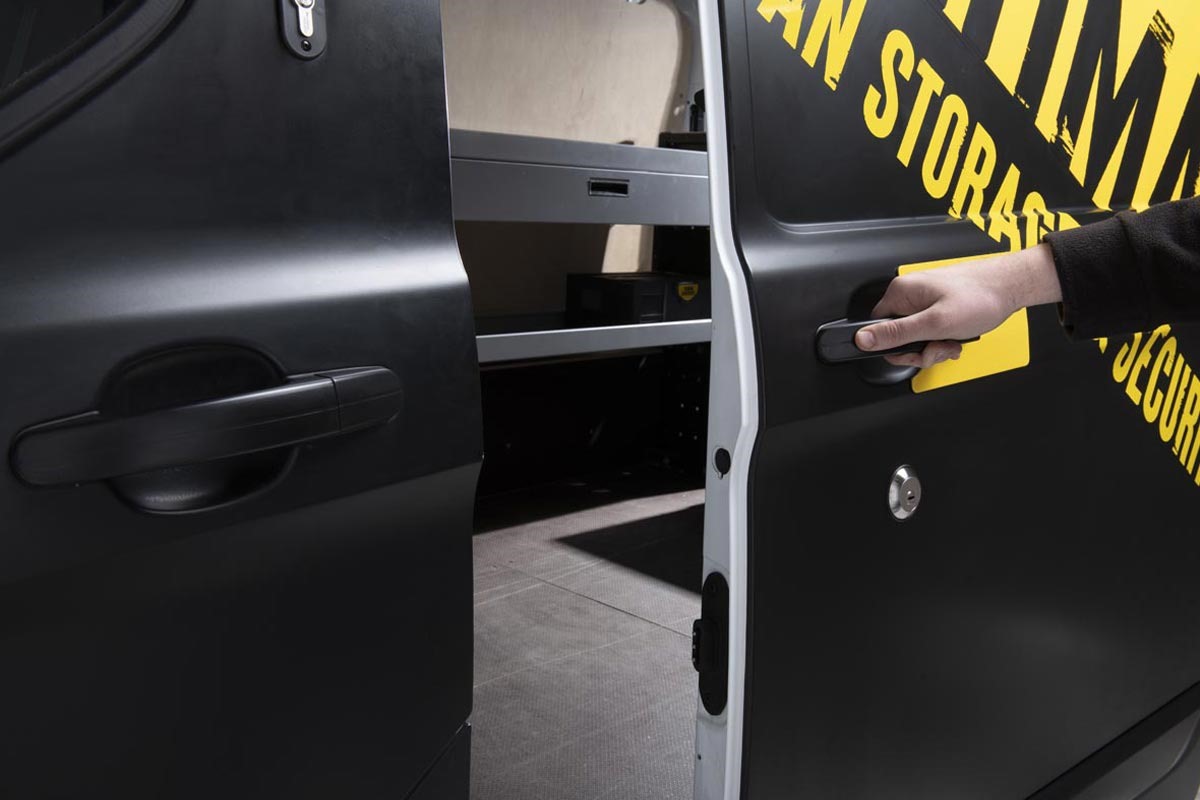


Leave a Reply